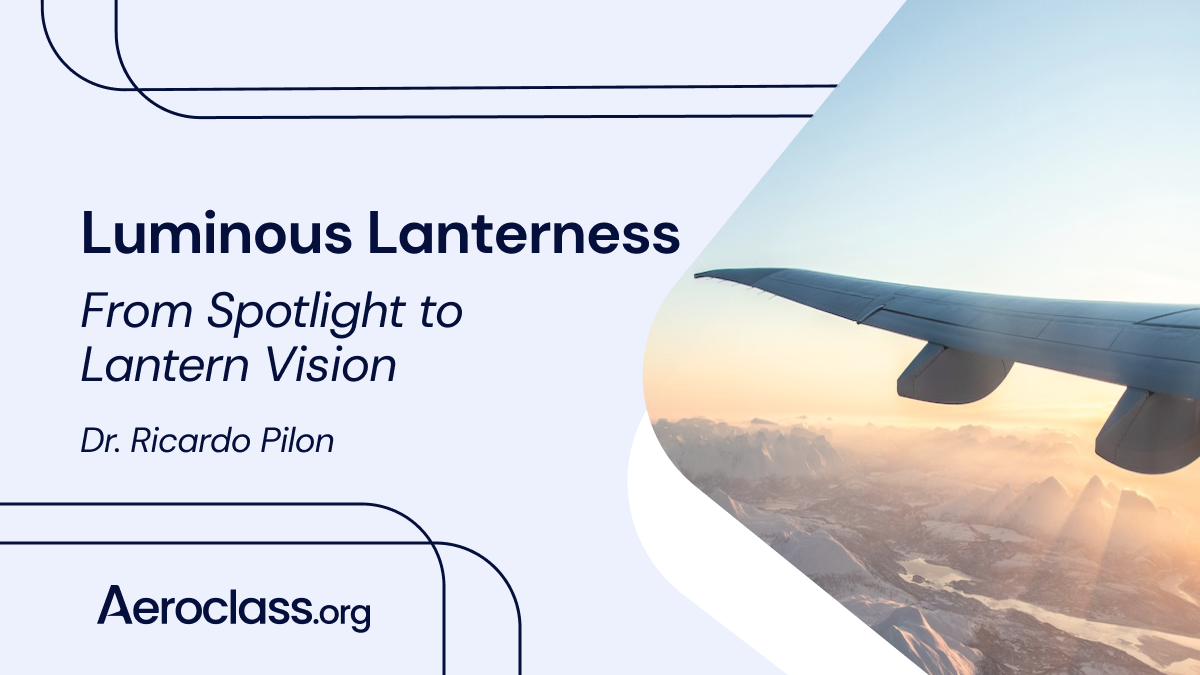Elevator SMS: Safety or Bureaucracy First?
Instructors · 2 min read
Whether you are planning a trip or just dreaming of one, check our recommendations for the best airlines to fly to Japan!
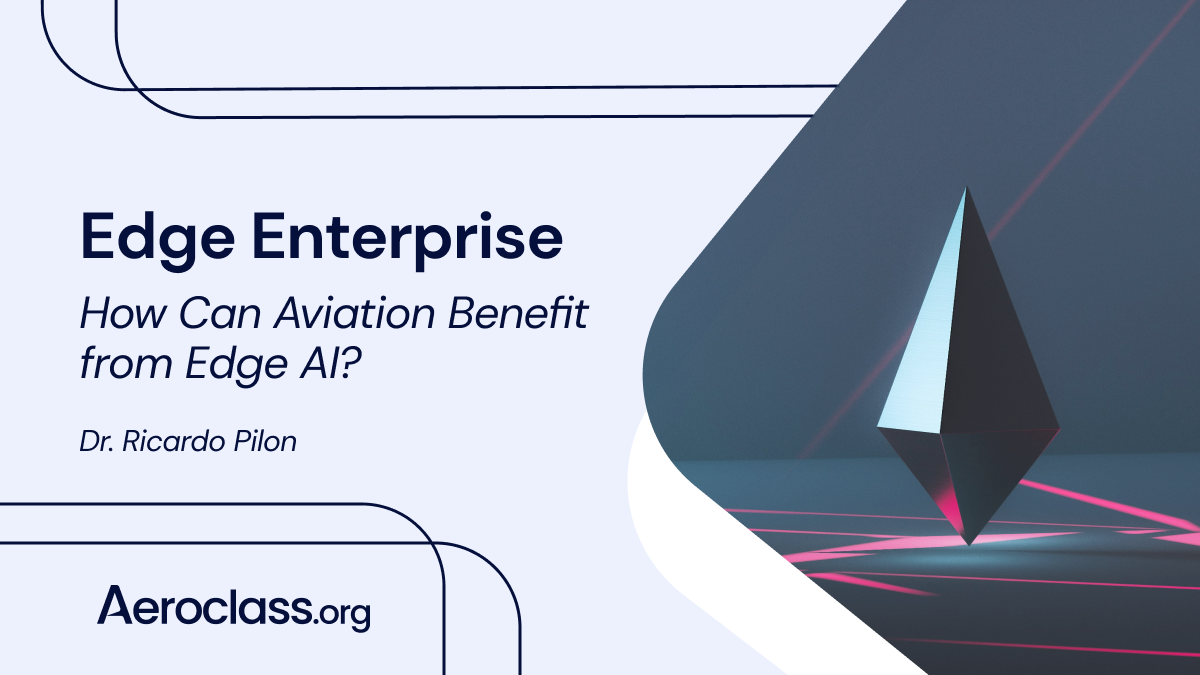
Zimbabwe is a drafty landlocked country between the lively Zambezi and Limpopo Rivers of south-central Africa. Elevations range from below 2,000 feet in the river basins to over 7,000 feet in the Eastern Highlands. Harare and most population centers are located on the highveld, a savanna-covered plateau, some 4,000-5,000 feet above sea level.
Zimbabwe covers 150,000 square miles. The landscape varies from flat and rolling ranges, to farmland and mountains, all marked by granite ledges. In full flood (February-April) the massive Victoria Falls on the river form the world’s largest curtain of falling water. Lake Kariba on the Zambia-Zimbabwe border forms the world’s largest reservoir by volume (180 cu km, i.e., 43 cu mi).
The country’s population density is 38 per km2, ranking it 74th in the world. But the remote nature of life and agriculture makes it more challenging to embrace technologies that require connectivity to the internet. Moreover, most ‘Internet of Things’ (IoT) connected devices require bandwidth to communicate with applications in the cloud. This is where edge computing is transforming the world with smart applications in agriculture, renewable energy, off-grid water filters and solar-driven heated water in Zimbabwe.
But is also brings new opportunities for aviation.
Edge computing and Edge AI applications generate many benefits in Zimbabwe, but also enable novel applications on aircraft, in remote areas where aircraft operate, and especially in the cabin.
Read on to find out more.
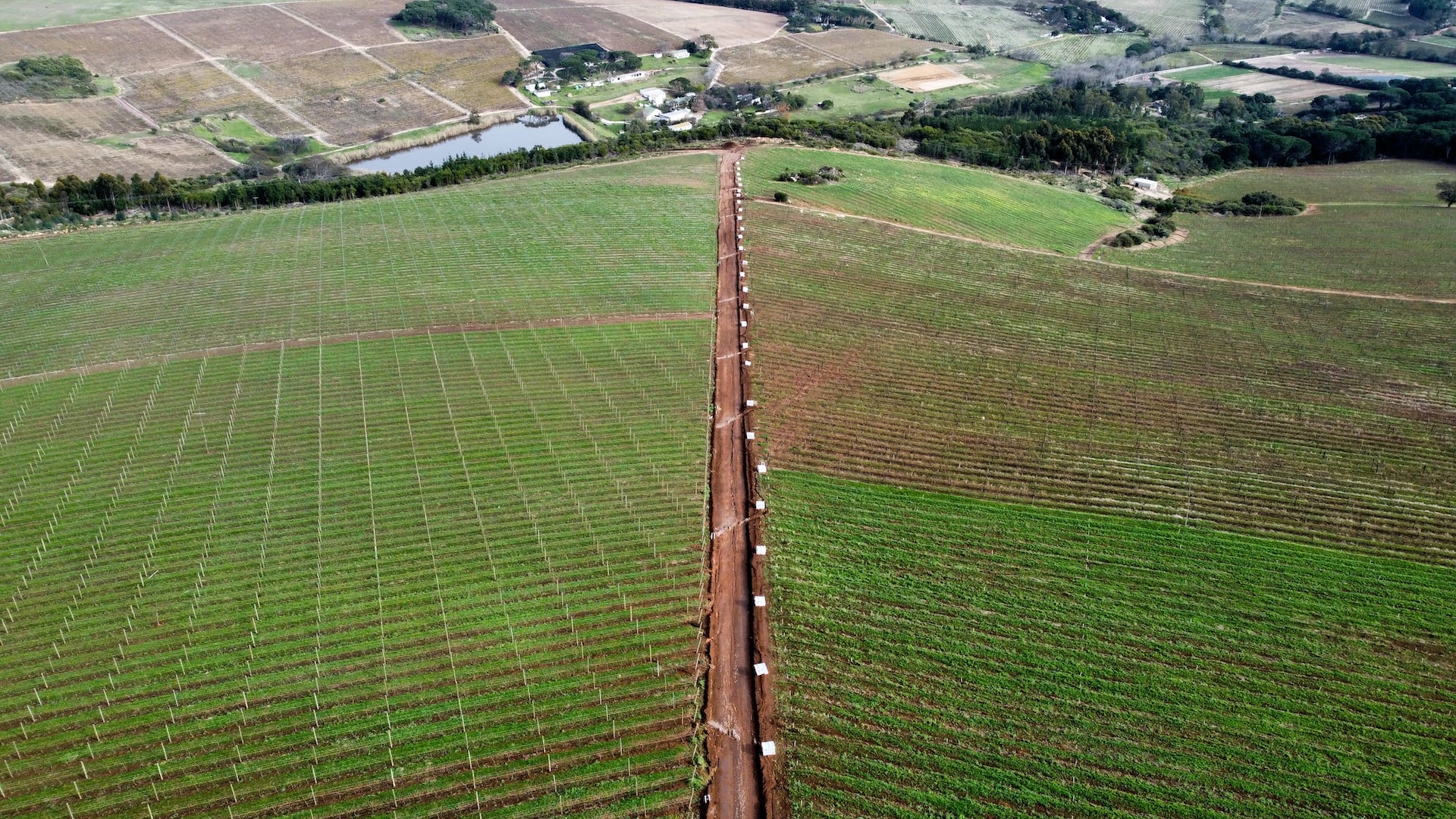
Edge computing and Edge AI is radically changing the energy sector, manufacturing, retail, cities, roads, and health care. But what is it exactly?
Simply said, edge computing is the practice of capturing, processing, and analyzing data at or near where it is created. It’s not in the cloud or connected to data center parks. Edge computing is already in use all around us, like on the wearable on your wrist.
Edge AI applications enable the processing of data on-site. It removes problems with latency and bandwidth and helps to save on hardware.
So, it is very useful in remote locations. Or at locations where you want observations to be immediately actionable for security, safety, or efficiency and customer service purposes. Like in aircraft.
Edge AI also enables the secure transfer of data with increased privacy on Edge AI devices. Artificial intelligence algorithms can be run and processed without having to first send data to the cloud, thereby reducing the turnaround time for the generation of results. This, in addition to many others, is an important reason for businesses to include Edge AI applications in their processes.
In the energy sector, this is now used in smart grids for renewable energy, consumption monitoring, and to decentralize energy production. The grids use communication between devices without first transmitting through the cloud. Add artificial intelligence and you can scale up with drones, robots, inspection cameras, and many other sensors that power decision making. For instance, Edge AI-powered security cameras can process images on-site and in real-time. This enables the monitoring and tracking of objects for swift action to be taken and for the prevention of casualties.
Edge AI came about because of the combination of edge computing and artificial intelligence. This fusion was sure to bring about the relocation of deep learning artificial intelligence algorithms to the edge of real life. New use cases have also helped companies to grow their operations and ensure higher productivity, accuracy, and safety.
The high data-driven nature of new IoT (Internet of Things) systems further highlights the need for Edge AI applications for on-site data processing. The airline business can look at many sectors for inspiration.
In retail, Edge AI is used to determine when products, like vegetables, being sold need to be replaced with fresher items and to determine when products need to be replenished. Retailers also use intelligent video analytics to understand the preferences of customers and to know how to better arrange the layout of their stores for a more improved customer shopping experience.
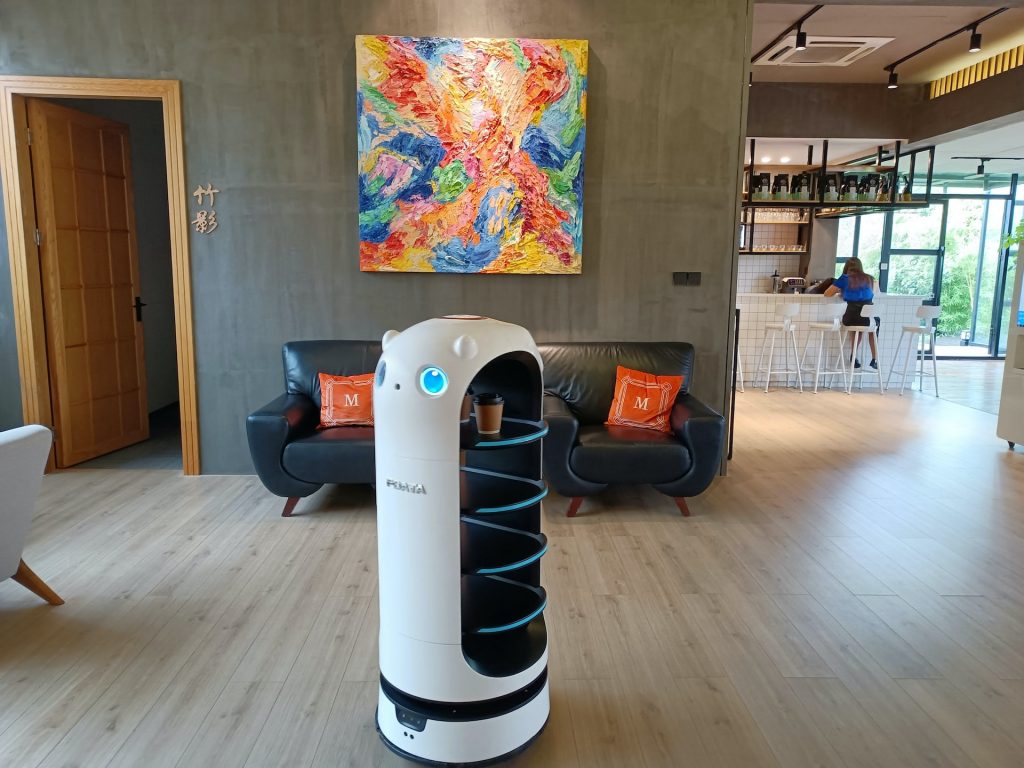
In manufacturing, artificial intelligence and edge computing is used in company factories is to ensure the factory floor is safer and more efficient than it could ever be. This is done by making use of Edge AI applications that can be used to carry out inspections on the factory floor, like in the case of Procter & Gamble and the automobile manufacturer, BMW, who also uses it for auto-quality control.
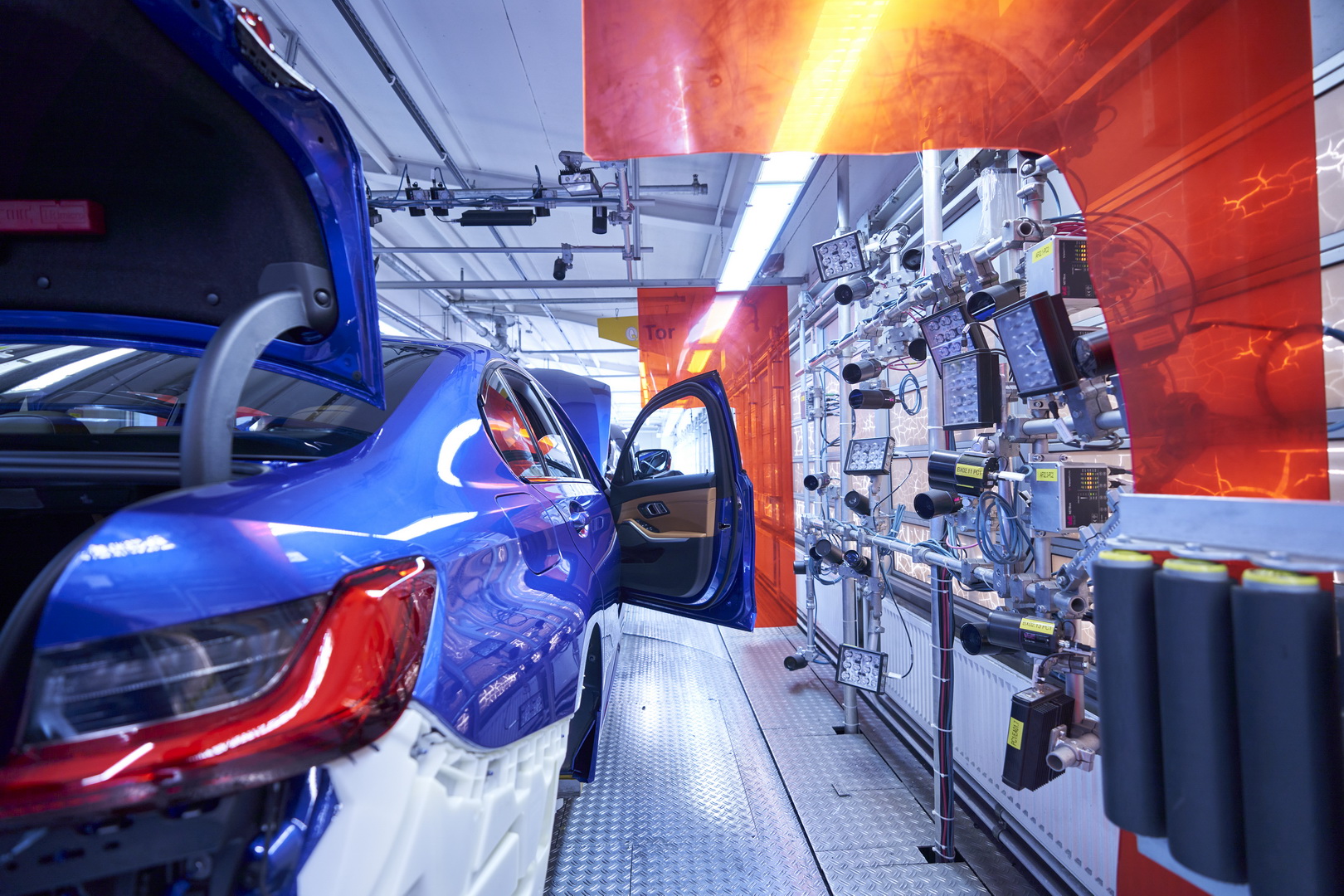
Speaking of Industrial Internet of Things (IIoT), this is dependent on the automation of operational processes and manufacturing for increased productivity. IIoT can carry out visual inspections and inspect robots faster to see if they do their job perfectly and at a much lower cost.
Also, Edge AI applications are being heavily utilized to build smart cities and roads by providing cameras that analyze traffic in real-time and identify objects blocking the road, reckless drivers, emergencies, and hold-ups.
In transportation with drones, Edge AI is used for several things like traffic and obstacle monitoring, construction, and cartography. Drones make use of image recognition, visual search, and object detection and tracking. But drones and fire righting robots also map out dangerous areas that are difficult for humans to reach and put out fires on their behalf.
Well, all this has vast implications on aviation, aircraft, airports, and the cabins inside planes. Think of applications on the exterior of aircraft. Edge AI-powered robots can scan and map out aircraft, determining the structural damage, or do metallurgic analytics for cracks not visible to the human eye.
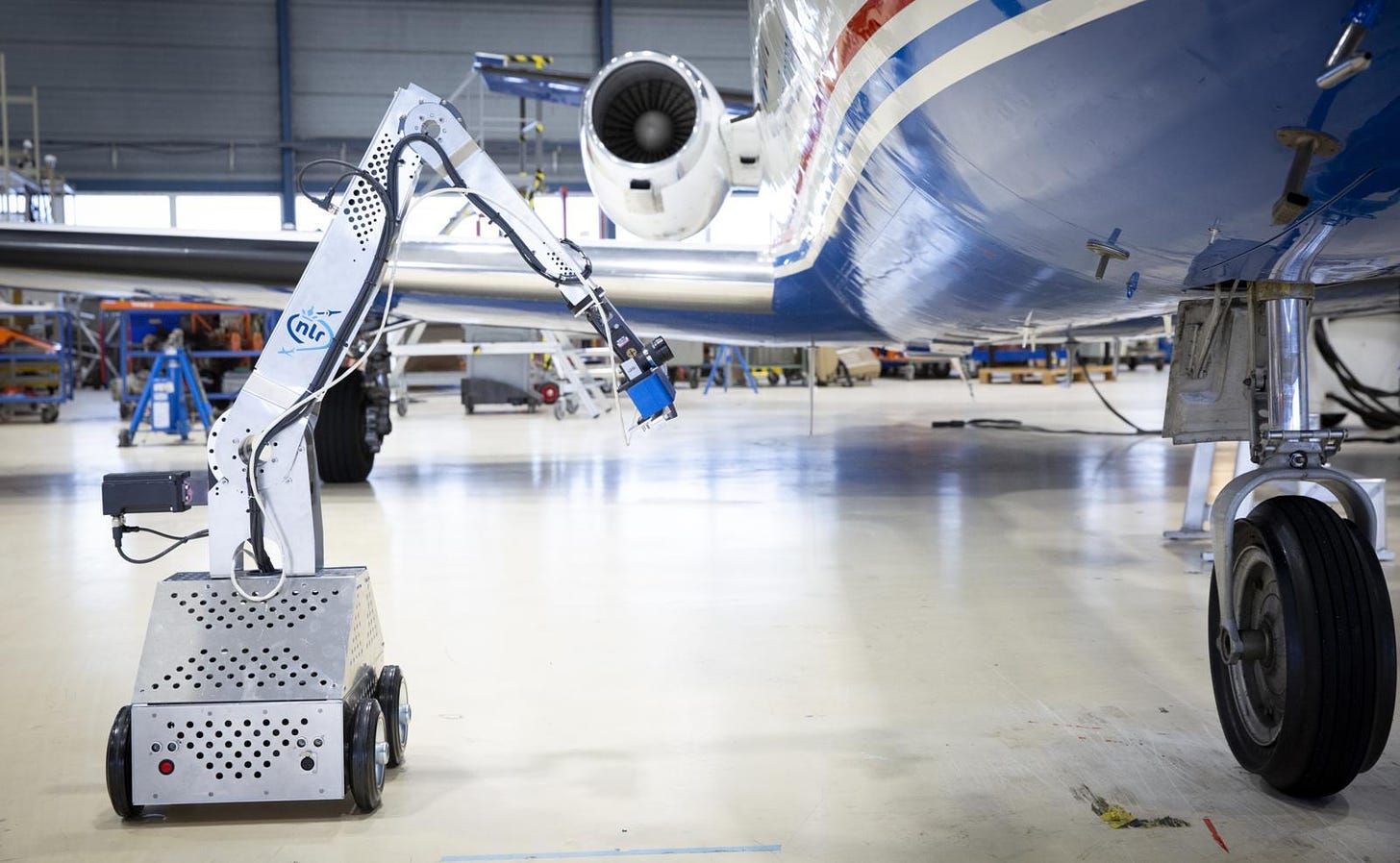
Think also of applications on aircraft so they can analyze runway conditions and use the aircraft to communicate it to the airport’s operations control center (AOCC) or other aircraft that are lined up for the runway.
Onboard, Edge AI applications include seat sensors to measure wear and tear, temperature, and whether passengers are getting restless and need service. It can include computer vision to interpret anonymized data on which foods people eat or discard and when. It can also use computer vision in smart checkout systems in galleys or (onboard) lounges to ensure that the items identified by bar codes are the exact ones that are being scanned or paid for, such as duty free.
But these are the use cases that also intrigue me to build on for airlines:
There are many more use cases and interesting applications. The cost of edge computing and Edge AI is also coming down, bringing incremental benefits in line with incremental costs.
Like in Zimbabwe where people have been creative, so will airlines find new opportunities to improve customer service, improve sustainable operations, and reduce costs.
Instructors · 3 min read
With or without altitude, Christiaan van der Heijst, can produce splashy and utterly lively impressions and wildly sensations. The emotions he creates are a reflection of artsy talent. It inspires young and old to look at things differently. Speaking off…
